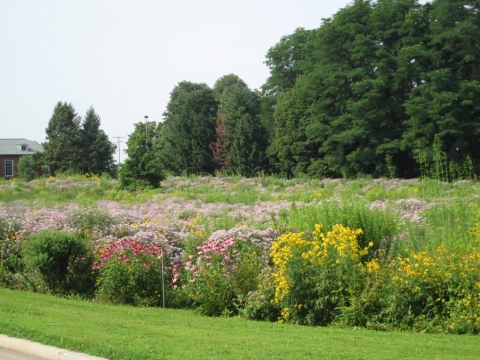You are here
Prairie Restoration at Florida & Orchard (In Progress)
Recent Project Updates
-
1/5/2026December 2025 photos of the Florida Orchard Prairie have been added to the box folder.
-
12/9/2025November 2025 photos of the Florida Orchard Prairie have been added to the box folder.
Project Family
-
Increase Pollinator-Friendly Areas
- Burrill/ Morrill Walkway
- Campus Honors House
- Chi Omega native plants
- Davenport Hall Carbon Garden
- LAR Native Plants
- Low Mow Zones
- Meadow at Orchard Downs
- Native Plants at Arboretum
- Orchard Downs Multifunctional Landscape (ODMFL) [ARCHIVED]
- Plantings at Dorner Drive Retention Pond
- Prairie Restoration at Florida & Orchard
- Small Prairie at Natural Resources Building
- The Illinois Path [ARCHIVED]
- Uni High Butterfly Garden
- Vet Med Prairies
- Woodland Plants at NRB
Associated Collections
Project Team
-
Primary Contact:
John MarlinTeam Members:
- James Ellis
- Tony Endress
- James Urban
Themes
-
Primary Theme:

